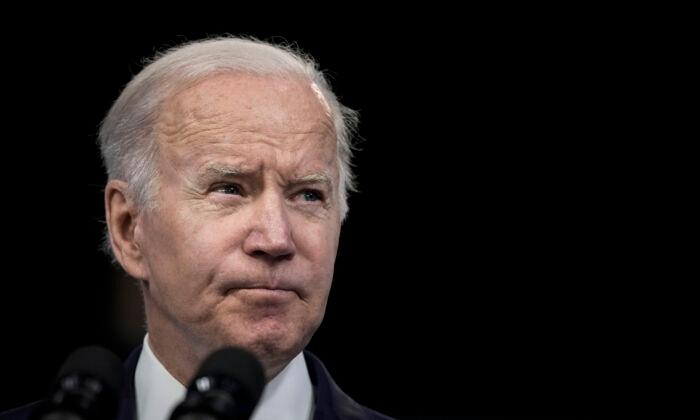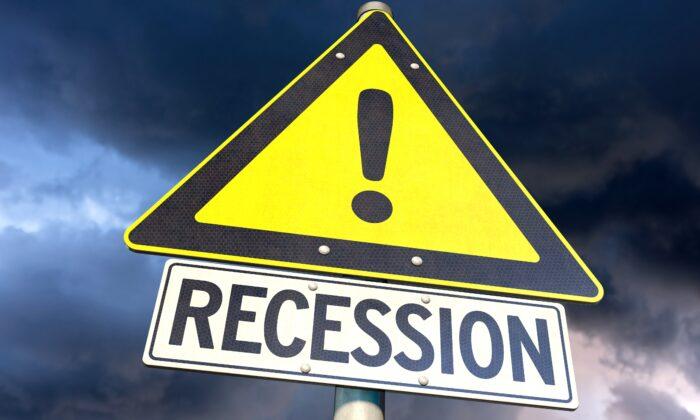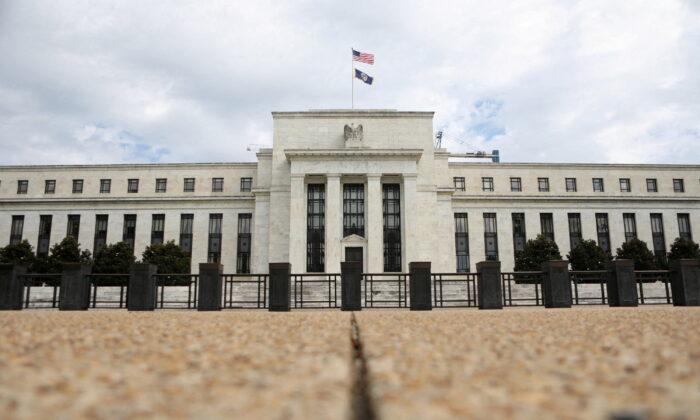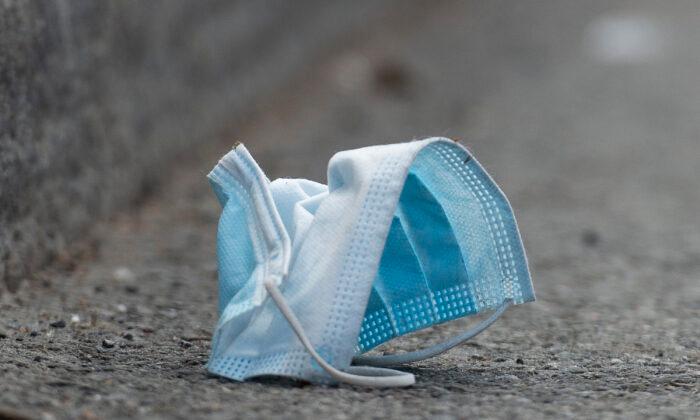The Institute of Supply Management (ISM) reported that its purchasing managers’ index (PMI) for the U.S. manufacturing sector rebounded slightly in May 2022 from April, rising to 56.1 from 55.4. These are still relatively low numbers, particularly for an economy that is supposed to be robustly booming, comparable to the global downturn in 2019.
Underlying the May index was a concerning drop in the series’ employment component. While this is typically volatile, the measure had first fallen to 50.9 in April from a high of 56.3 in March. And for the current month, it is down to 49.6; a number below 50 believed to be consistent with more manufacturers cutting jobs than adding them.
Economist A.W. Phillips long ago surmised there is an inverse relationship between employment and inflation (untrue, since genuine inflation is instead caused by an excess supply of currency, which hasn’t been the case since Aug. 2007; see: U.S. dollar exchange value). The more workers are employed, Phillips theorized, the more competition there is among employers.
The answer seems straightforward: to reduce inflationary pressures, back the economy away from full employment. Give up some employment for lower consumer price rates.
You can see this approach in what President Biden wrote for The Wall Street Journal:
“Rather, if average monthly job creation shifts in the next year from current levels of 500,000 to something closer to 150,000, it will be a sign that we are successfully moving into the next phase of recovery—as this kind of job growth is consistent with a low unemployment rate and a healthy economy.”
President Biden has asked (almost certainly demanded) that the Federal Reserve “put the brakes” on the economy by raising rates, expecting that a slower pace of overall growth—“something closer to 150,000”—will calm the labor market. He calls this a positive development.
Setting aside the very real problem of the Fed not being able to do much of anything in the real economy, especially with rate hikes, is Biden’s premise even true?
Around the time A.W. Phillips was working on his theory, economist William Beveridge realized there is likely a close relationship between the demand for labor and its use. This might be quantified in a(nother) curve, plotting something like the Help Wanted ads—posted in every newspaper at the time—against the calculated unemployment rate. The former represented demand for workers, the latter how many were actually being used.
All that was necessary was to turn labor demand—job openings—into a rate to match unemployment expressed as a rate (note: the charts below show two different ways to convert job openings into a job openings rate; the first as typically used by the BLS, the second method often cited by researchers at the Federal Reserve).
The modern BLS no longer surveys and calculates job openings printed in newspapers; rather, it takes account of listings posted online across various virtual marketplaces.
What these Beveridge Curves show is that something is very wrong with the job openings data. The curves have been pushed farther and farther to the right, and, since the 2020 recession, to a ridiculous extreme.
A more-than-temporary rightward shift in the Beveridge Curve indicates more job openings are being posted, per workers hired and employed. In the case of 2021 and 2022, the disassociation is just bonkers and doesn’t add up.
This shift in the Beveridge Curve had been an issue before 2020, going back to the Great “Recession” (a clue), and implying increasingly faulty methodology. Further, we know the BLS measure of job openings had diverged wildly from another estimate of labor turnover (JOLTS), that of hires.
Hires can at least be backtracked and connected to the payroll reports (CES, or Establishment Survey) Biden was talking about, whereas the JOLTS job openings data cannot. What hires show is that, adjusting for population (above), the labor market has been only slightly elevated compared to recent history (and only about equal to the late 90s).
What does all this mean?
The Job Openings series doesn’t seem to explain why companies may be posting more online help wanted ads per worker hired. Some would say this is the labor shortage. However, the discrepancy has only been getting worse for over a decade.
The result is not likely to be economic stability and happy voters. This looming trade-off is not that of an economy that can easily afford to swap lower employment gains for less inflation. Rather, we have confused policymakers unable to grasp true economics, and attempting political theater to placate an alarmed population.
There is a change coming, but it isn’t one proposed by the Phillips Curve battered by the Beveridge Curve. For real answers, look instead to the financial curves.











